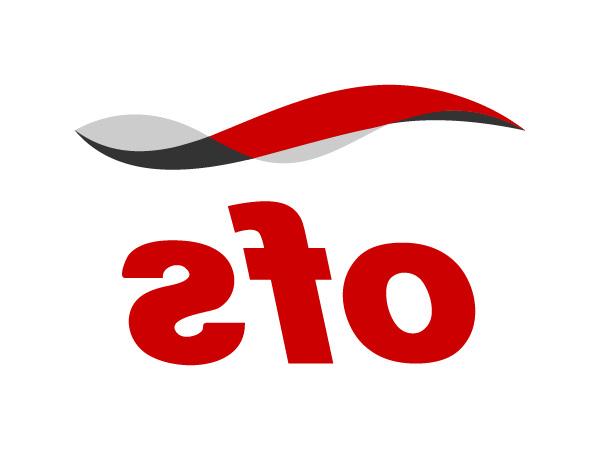 Using optical fiber networks, people can access and share information at an amazing level. They can communicate, work and learn from virtually anywhere there’s an Internet connection. For people in rural communities that lack wireless or broadband services, their ability to obtain information is clearly unequal. Even getting a signal for a cellphone or laptop can mean driving miles to a more populated area. Life is much easier with an available high-speed optical fiber network.
Using optical fiber networks, people can access and share information at an amazing level. They can communicate, work and learn from virtually anywhere there’s an Internet connection. For people in rural communities that lack wireless or broadband services, their ability to obtain information is clearly unequal. Even getting a signal for a cellphone or laptop can mean driving miles to a more populated area. Life is much easier with an available high-speed optical fiber network.
Leveling the Playing Field
Implementing optical fiber helps to “level the playing field” by providing more equal access to information and opportunities for rural residents. In reality, optical fiber and wireless services can transform rural communities.
When optical fiber arrives, one obvious plus is being able to access a cell signal from home. That wireless service requires optical fiber, which acts as the nervous system of a network. Fiber to the Tower and Fiber to the Building lay the actual groundwork for wireless communications including LTE and 4G, and soon to come 5G. The benefits of this connectivity can be seen in three distinct areas as follows.
Rural Healthcare
Digital revolution through high-speed optical fiber Internet helps medical facilities provide better treatment for patients in rural areas in a number of ways, including:
- Physicians can search files, consult with specialists and use remote diagnostics and alternative healthcare delivery methods;
- Healthcare professionals may use connected devices to directly monitor and care for patients;
- Patients practice “self-care” by accessing health-related information on the Internet.
Education
Teachers need optical fiber connectivity for video lectures and e-learning that can be widely shared. Students also need access to home Internet to complete homework and expand their learning. Colleges and universities require high-speed optical fiber Internet access to stay competitive and ensure their degree programs stay relevant.
Growth in Rural Communities
With 25% of rural residents lacking Internet access, fiber optic infrastructure build-outs are still needed. More people move into rural areas when they can maintain their standard of living. When optical fiber connectivity is optimal, existing or new businesses can reach and attract highly-qualified employees no matter where they live.
In rural areas where high-speed Internet is available, even small businesses and farms can benefit. The Internet of Things (IoT), another product of this digital revolution, makes Smart Farming possible. By applying sensing technologies through Smart Farming, farmers can practice more precise and scientific agriculture that results in increasingly bountiful, high-quality harvests.
Tags: connectivity, fiber optic network, high-speed Internet, Internet of Things, optical fiber, rural development

